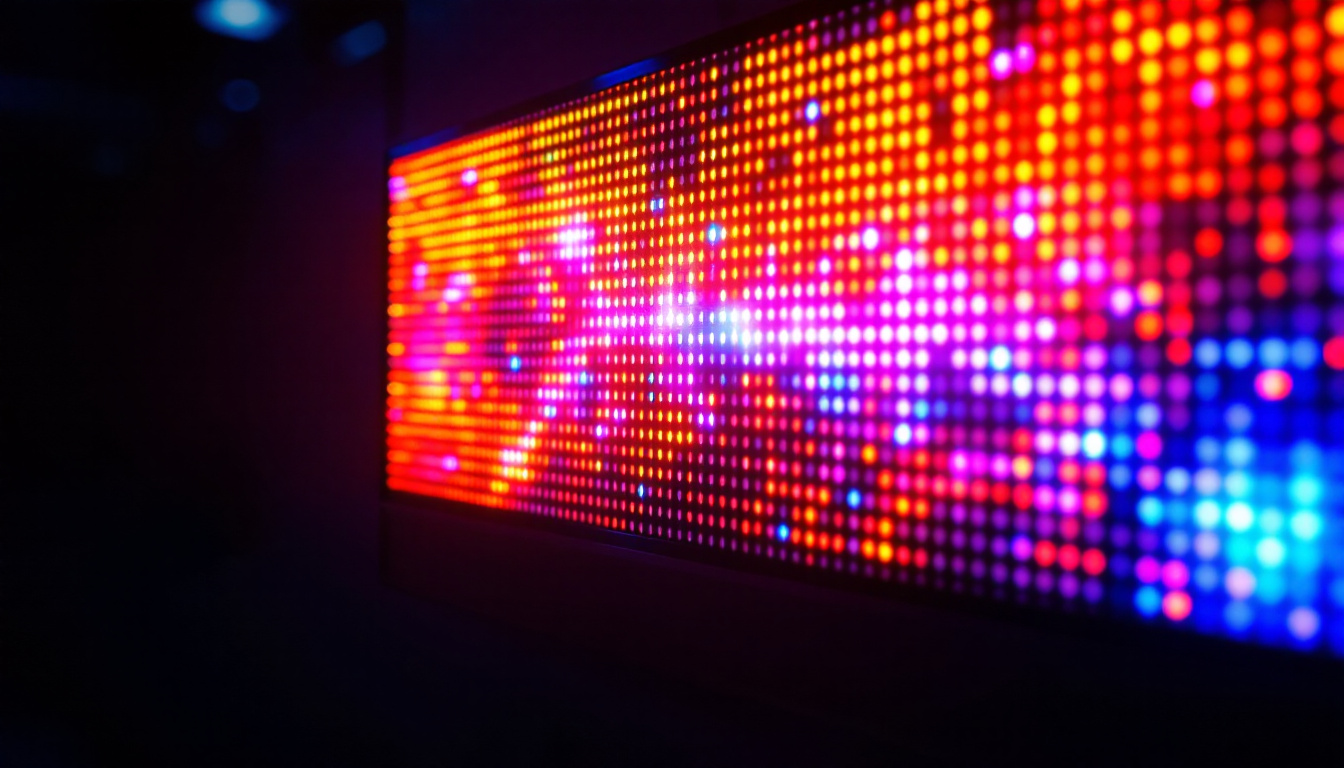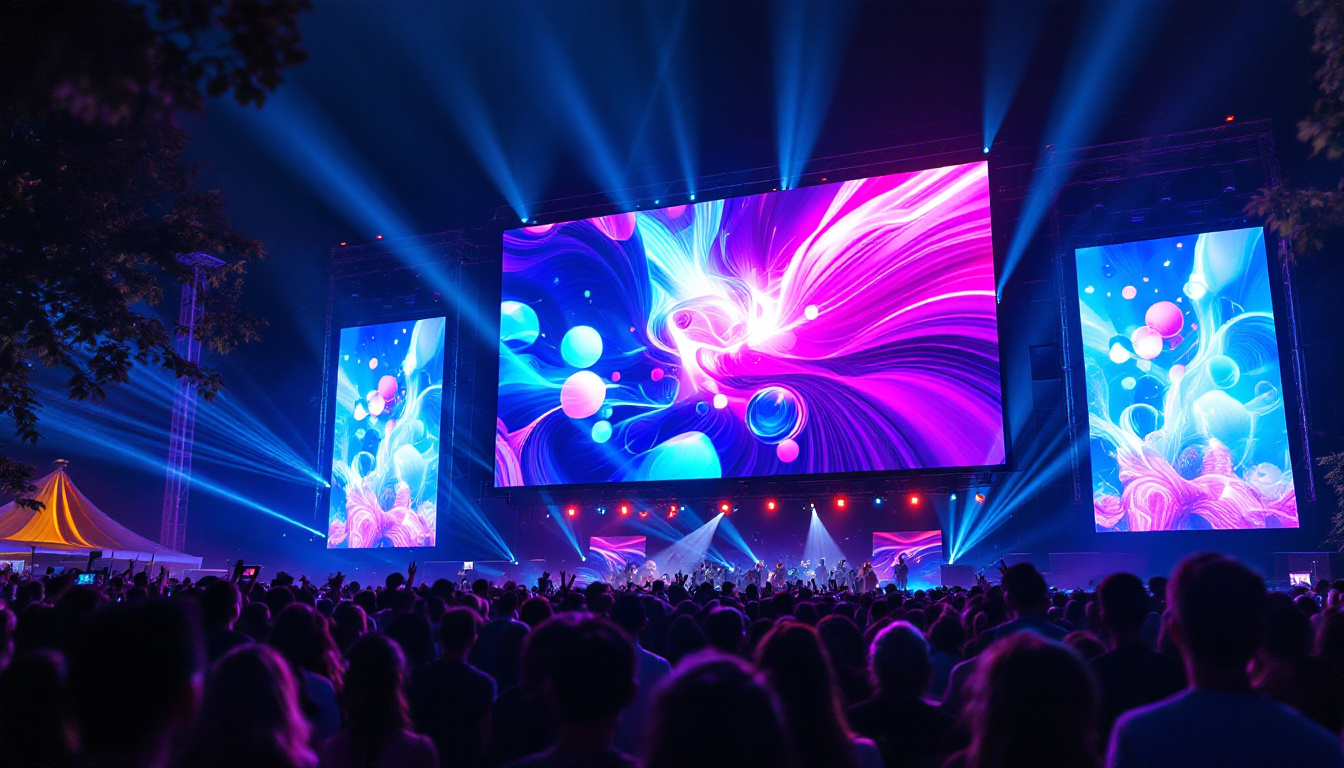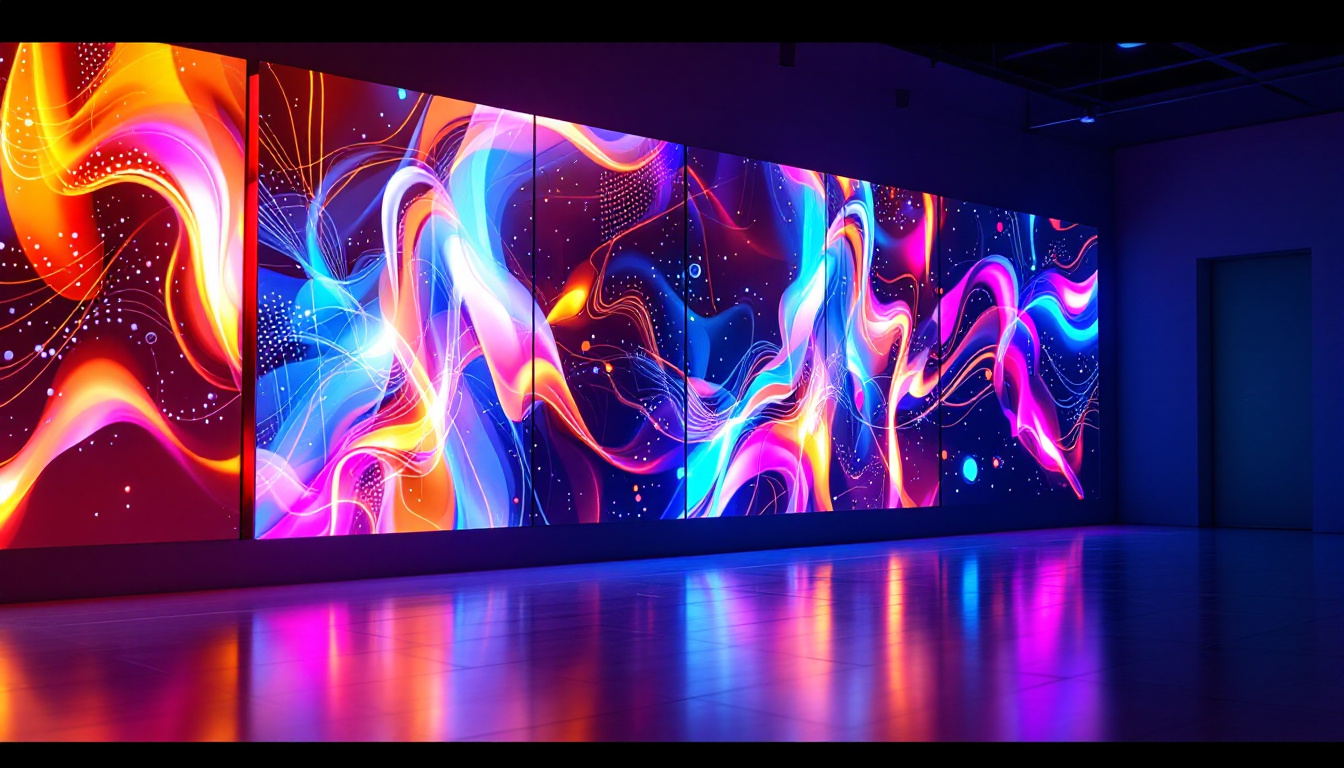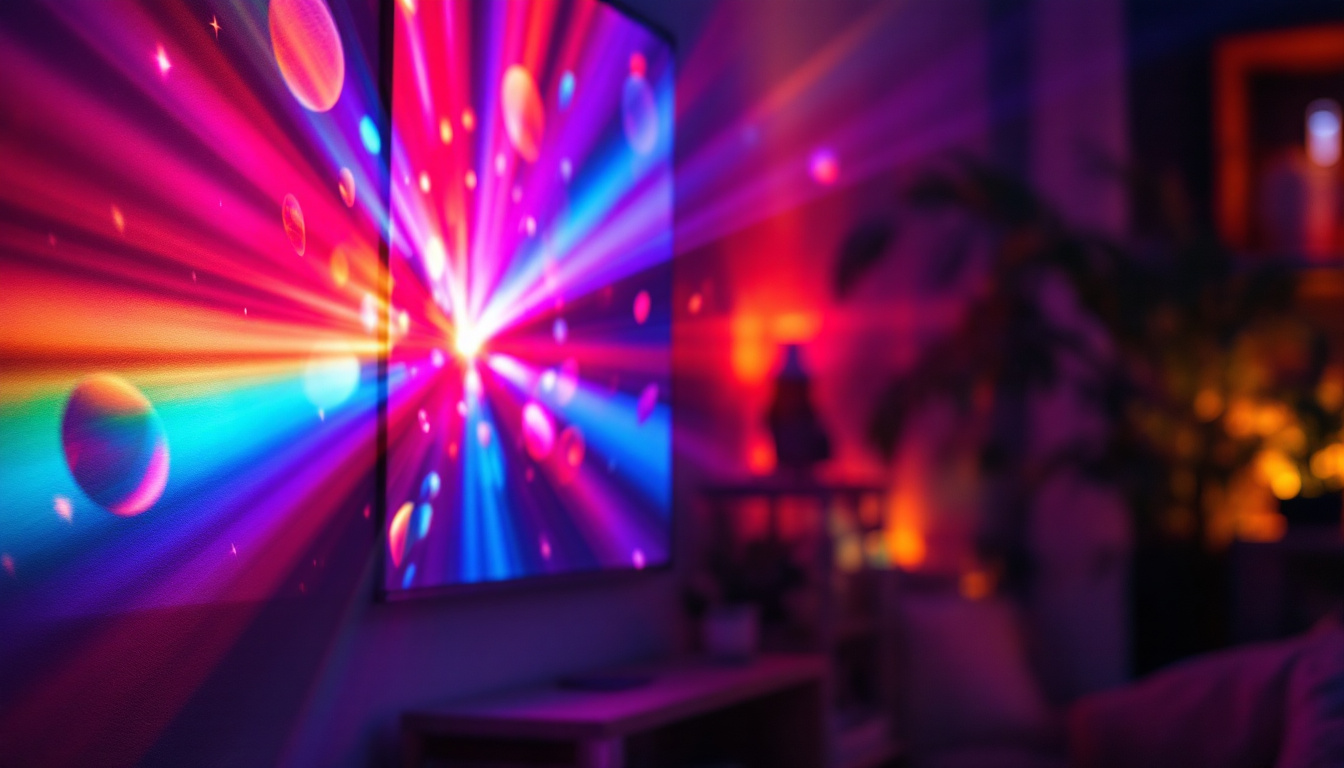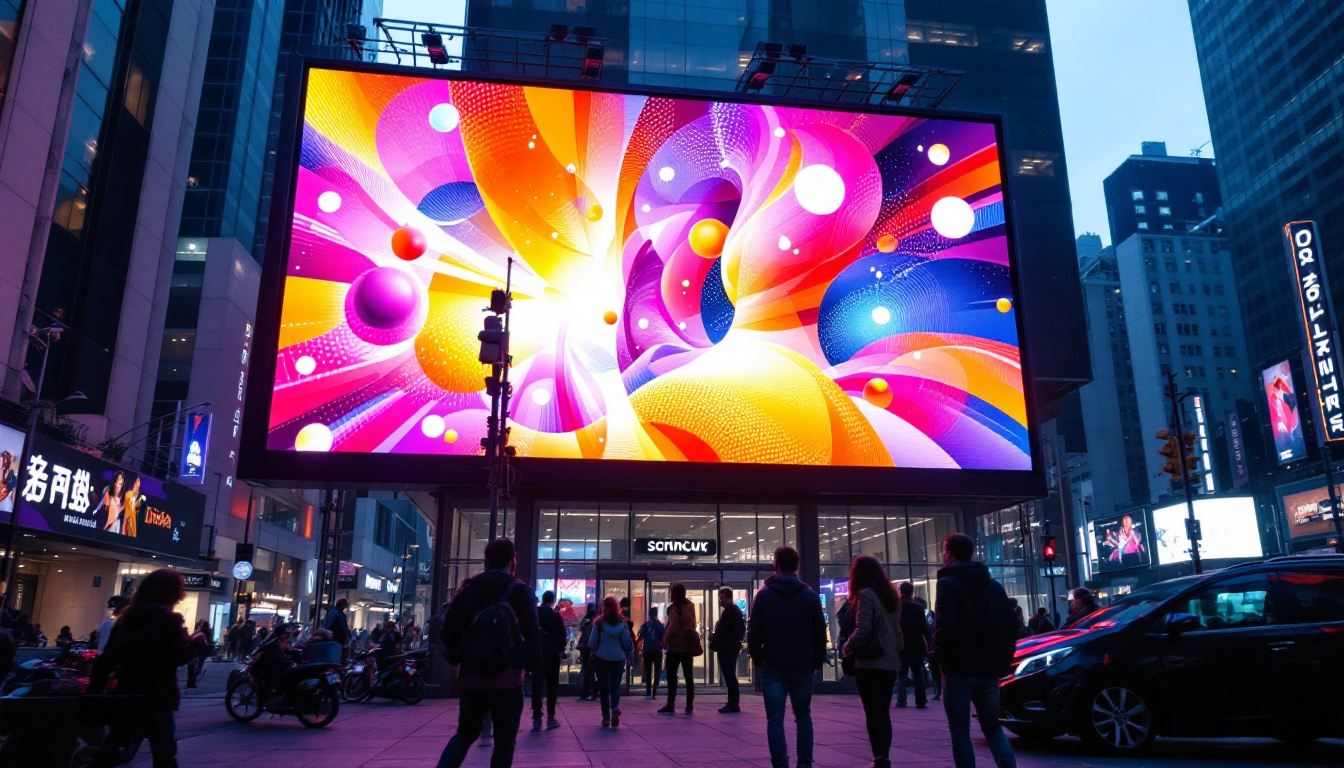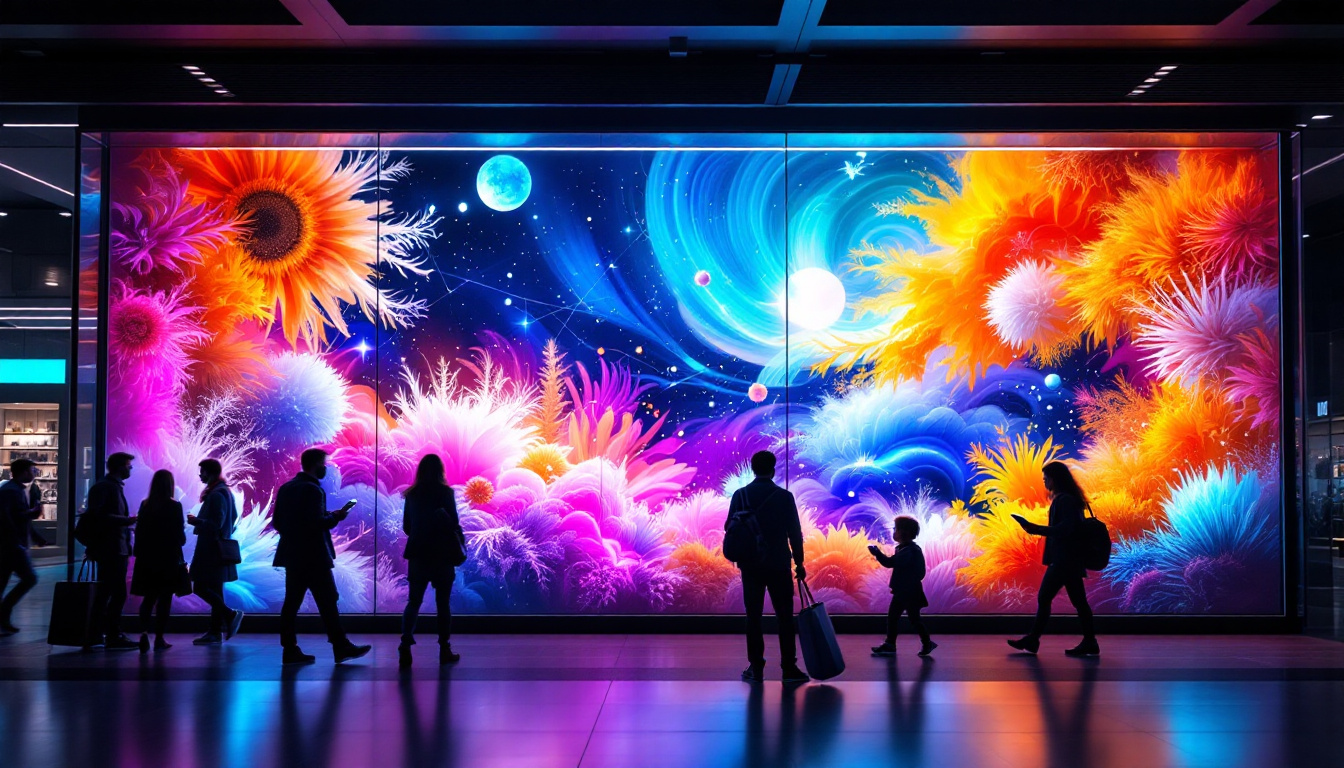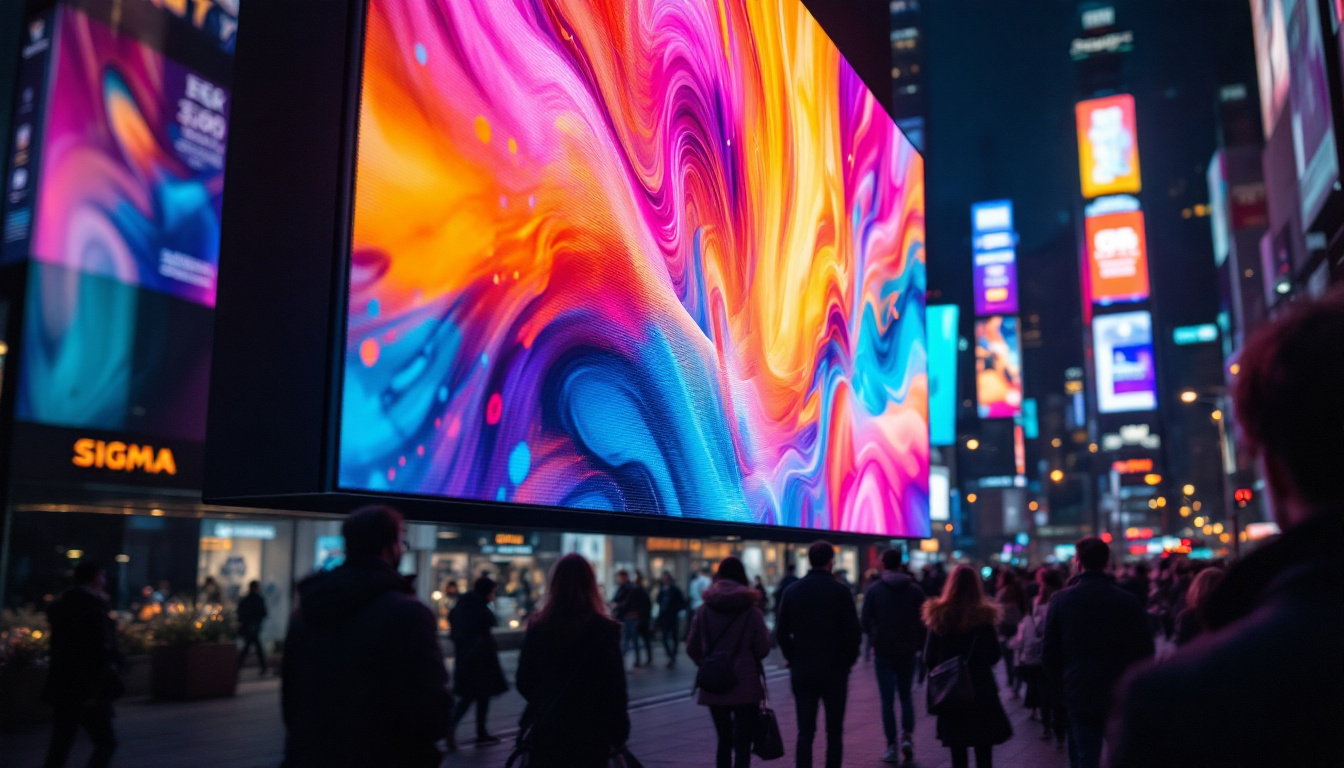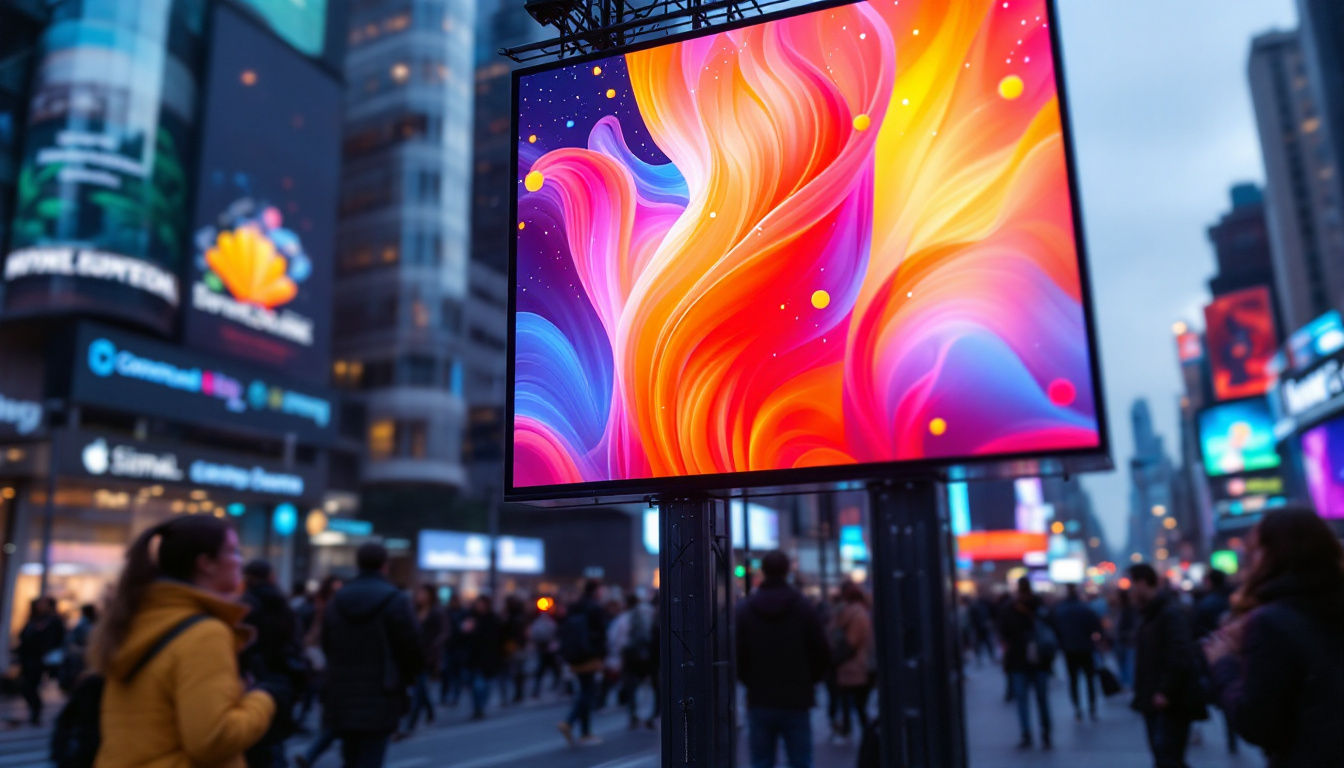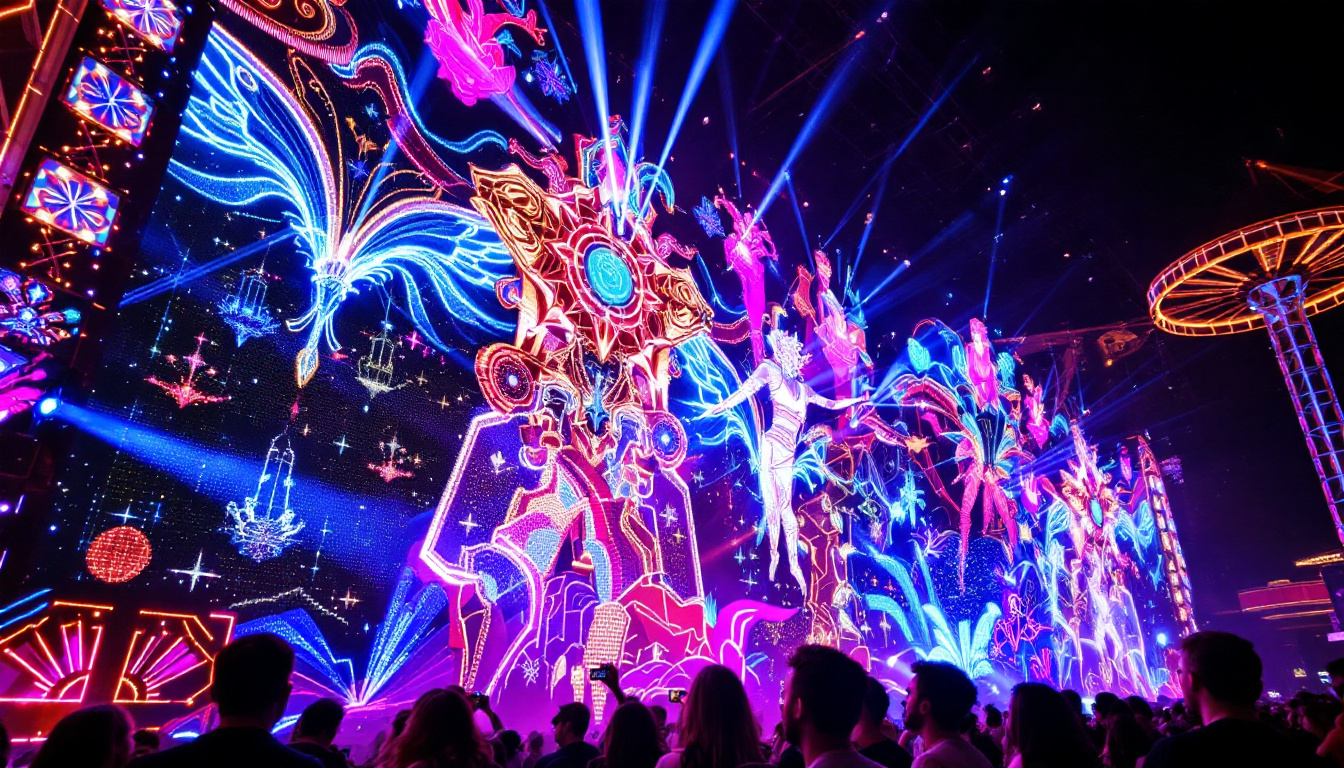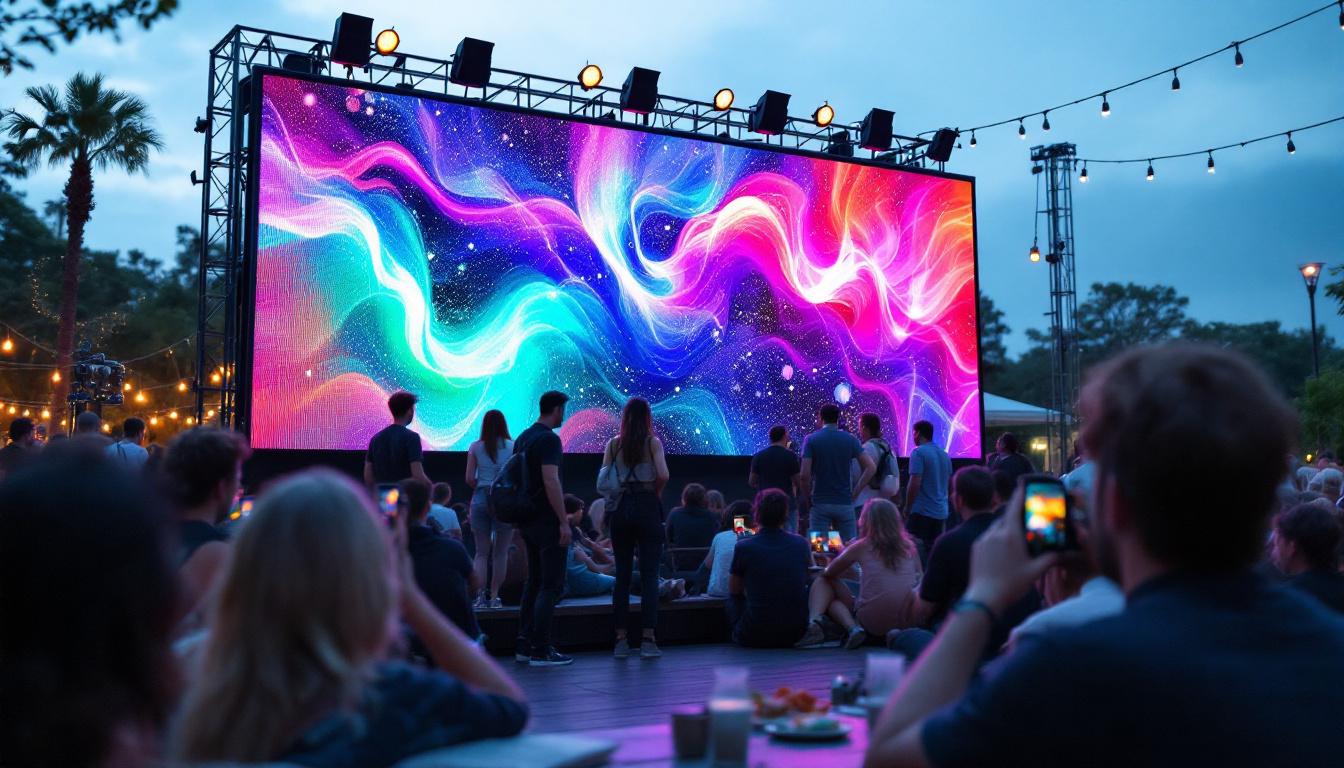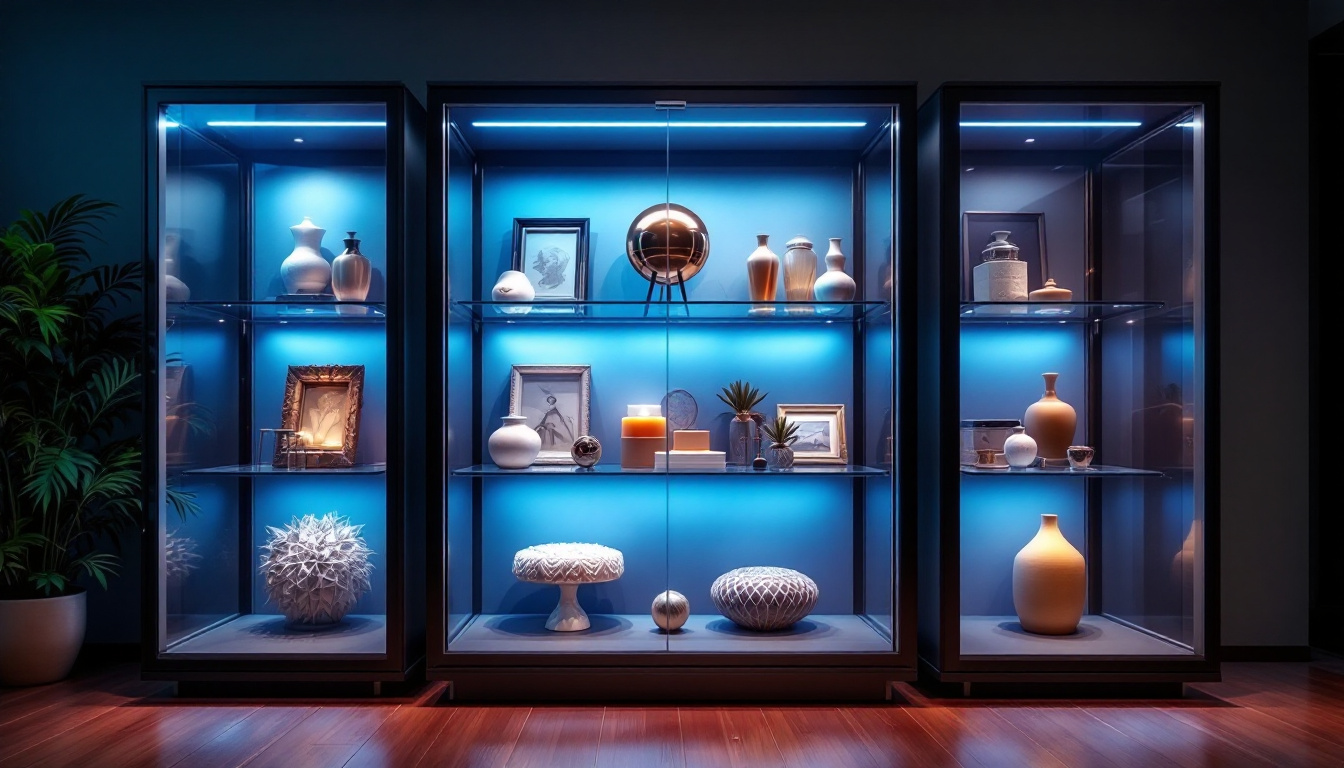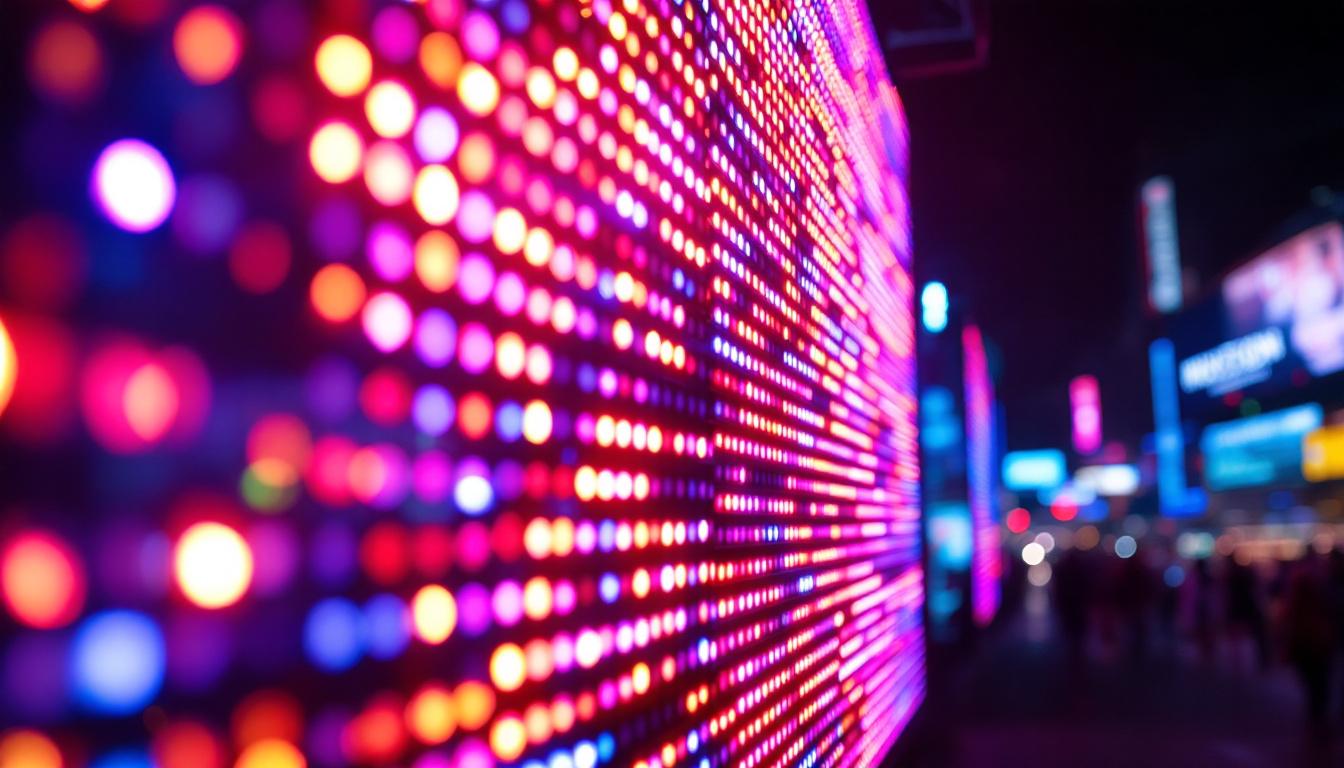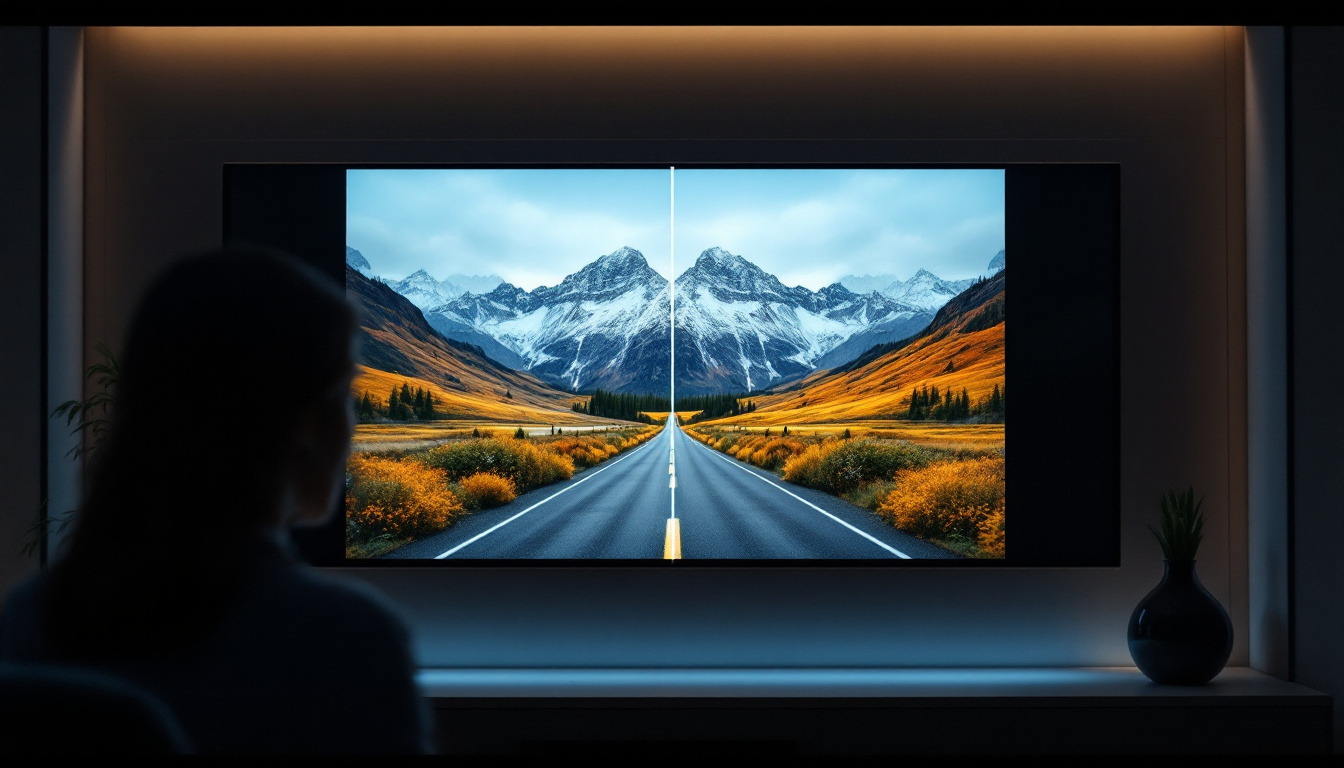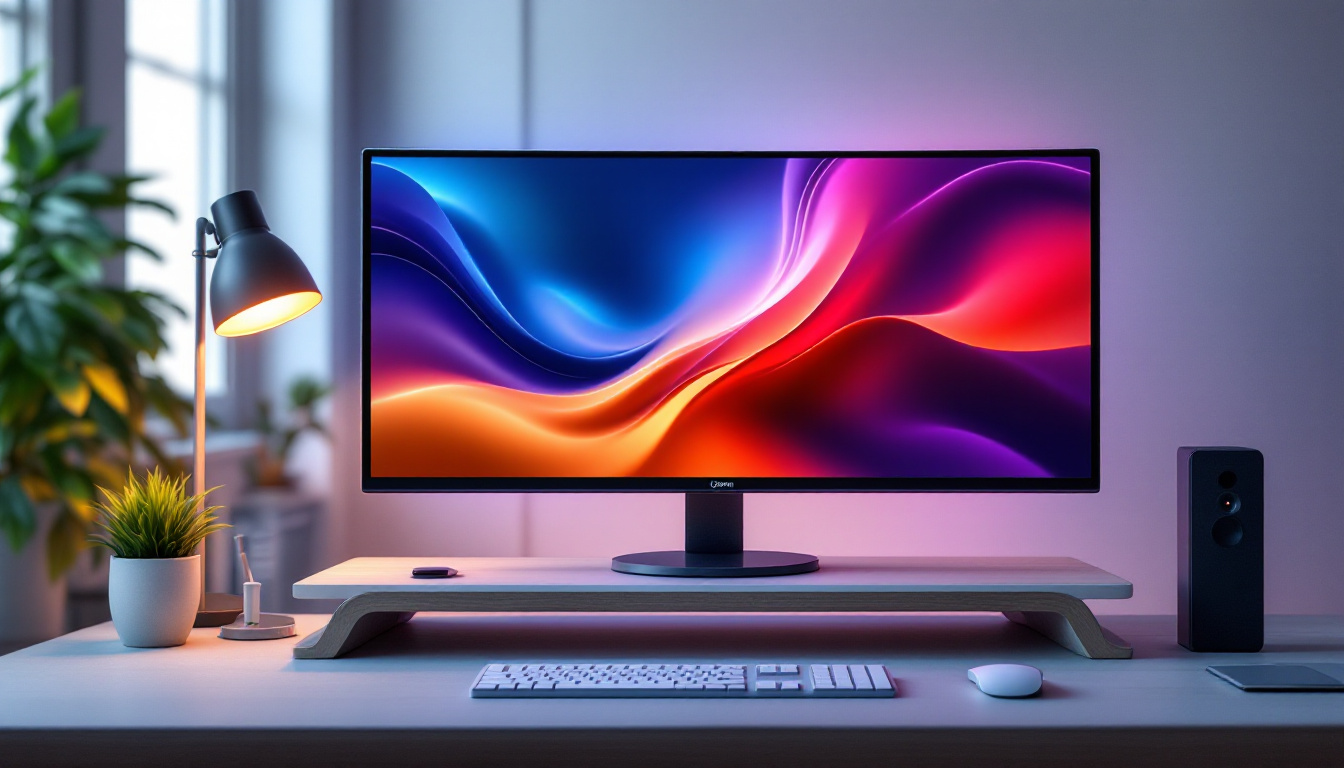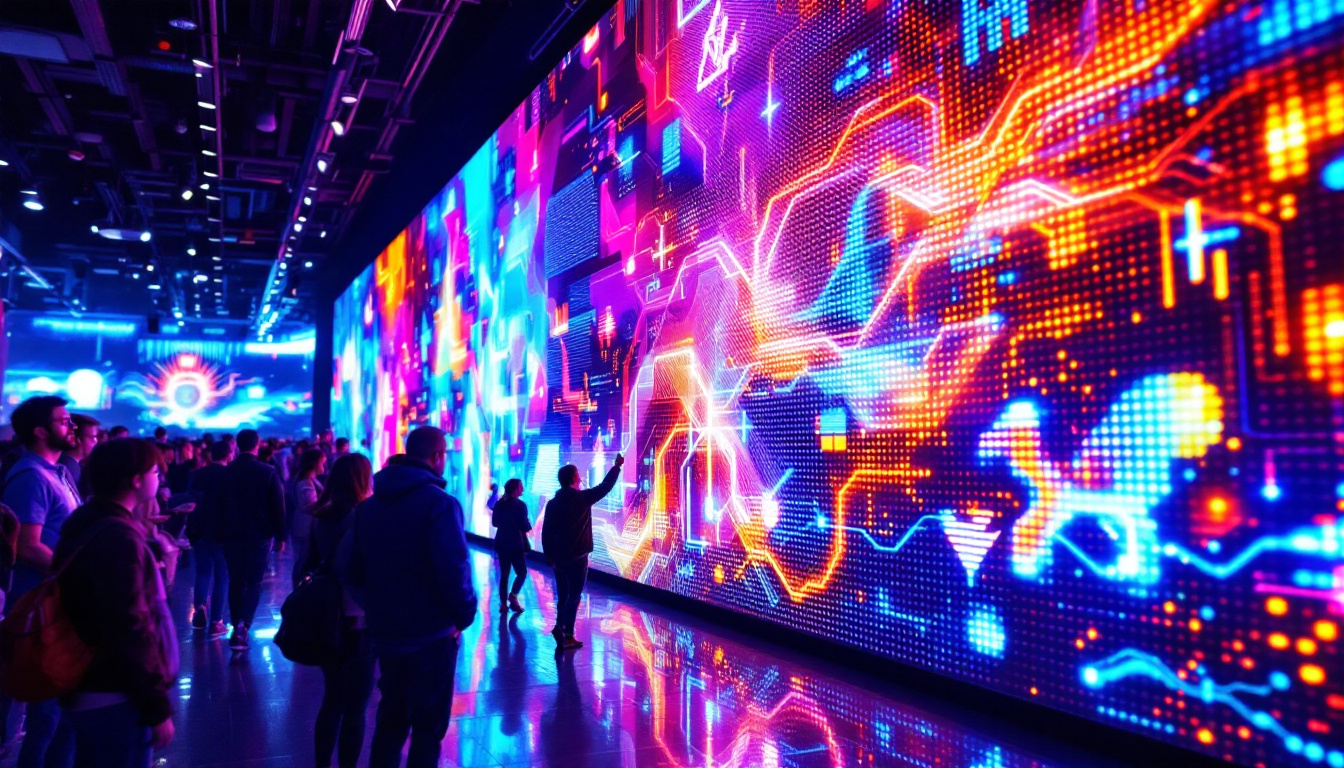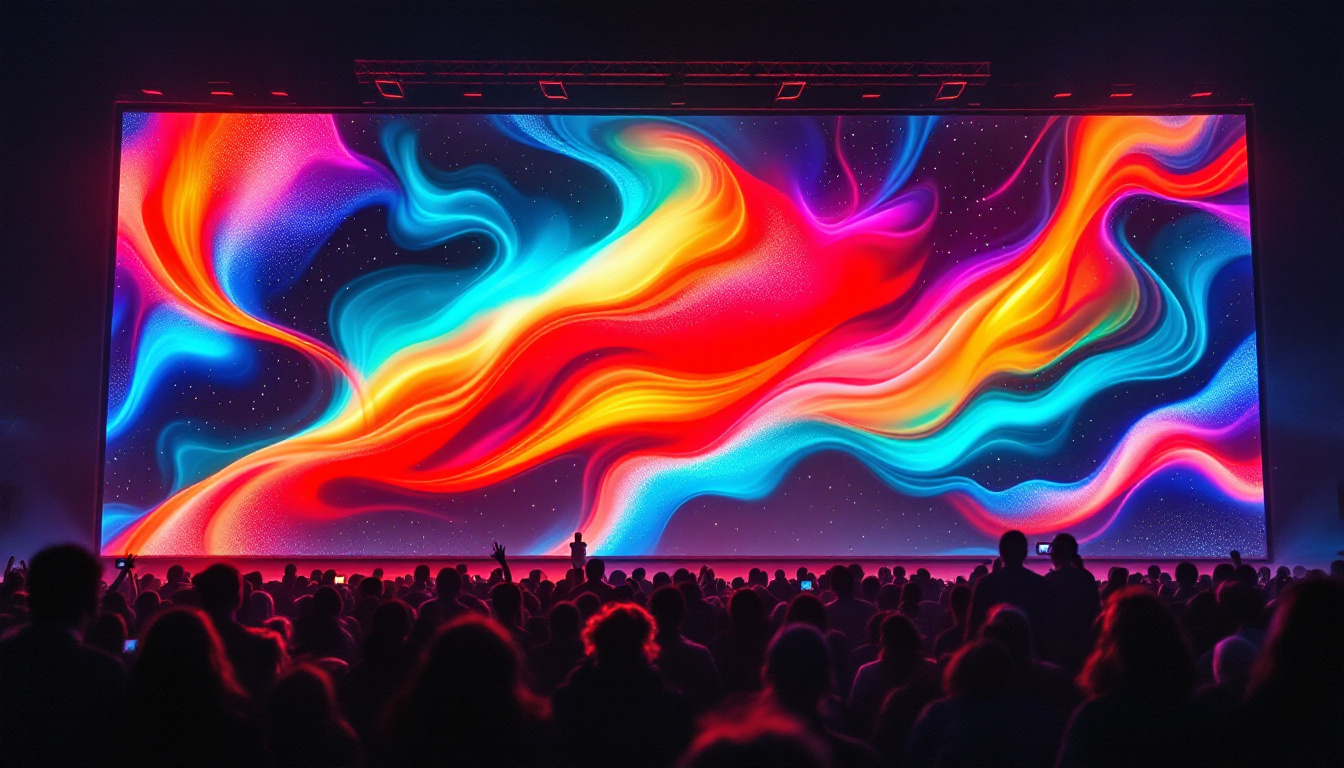The contrast ratio is a critical specification in the realm of LED displays, influencing the quality of images and videos presented on screens. Understanding this concept can significantly enhance the viewing experience, whether for professional applications or personal enjoyment. This article delves into the intricacies of contrast ratio, its importance, and how it affects LED displays.
Understanding Contrast Ratio
At its core, the contrast ratio is a measure of the difference in light intensity between the brightest white and the darkest black that a display can produce. It is typically expressed as a ratio, such as 1000:1. This means that the brightest white is 1000 times brighter than the darkest black. A higher contrast ratio generally indicates a more vibrant and dynamic image, enhancing the overall visual experience. This is particularly important in applications such as gaming and graphic design, where color accuracy and depth can significantly affect the outcome of the work or the enjoyment of the experience.
In addition to its role in enhancing visual quality, contrast ratio also influences how well details are perceived in various lighting conditions. For example, a display with a high contrast ratio can maintain clarity in bright environments, allowing users to see finer details without straining their eyes. This characteristic is especially beneficial for professionals who work in fields requiring precision, such as photography or video editing, where subtle differences in tone and color can make a substantial impact on the final product.
How Contrast Ratio is Measured
Measuring contrast ratio involves specific methodologies and tools. The most common method is to use a photometer or colorimeter, which measures the luminance of the brightest white and the darkest black. The resulting values are then calculated to form the contrast ratio. Some manufacturers may also provide dynamic contrast ratios, which can be misleading, as they often involve adjustments in brightness levels rather than true performance. This can lead to inflated numbers that do not accurately reflect the display’s capabilities under normal viewing conditions.
Moreover, it’s important to note that the environment in which a display is used can affect perceived contrast. Factors such as ambient light, viewing angle, and screen coating can all play a role in how contrast is experienced. For instance, a glossy screen might reflect light and create glare, which can diminish the perceived contrast ratio in brightly lit rooms. Therefore, when evaluating displays, it’s crucial to consider not just the specifications but also the practical context in which the display will be used.
Types of Contrast Ratios
There are primarily two types of contrast ratios: static and dynamic. Static contrast ratio refers to the constant ratio under standard conditions, while dynamic contrast ratio takes into account the display’s ability to adjust brightness levels in real-time. Understanding the difference between these two types is essential for consumers who want to make informed decisions when purchasing LED displays. Static ratios provide a more reliable indication of performance, as they reflect the display’s true capabilities without the influence of artificial enhancements.
In addition to static and dynamic contrast ratios, some manufacturers also tout “enhanced” contrast ratios, which may involve proprietary technologies that aim to improve the perceived contrast through various means, such as local dimming or advanced image processing. While these technologies can indeed enhance the viewing experience, they can also lead to confusion among consumers who may not fully understand the implications of these terms. Therefore, it is advisable for buyers to research and seek out independent reviews to gauge how well a display performs in real-world scenarios, rather than relying solely on advertised specifications.
Importance of Contrast Ratio in LED Displays
The contrast ratio plays a pivotal role in determining the quality of an LED display. A higher contrast ratio means that images will appear more detailed, with better differentiation between colors and shades. This is particularly important for applications such as graphic design, video editing, and gaming, where visual fidelity is paramount.
Impact on Image Quality
Image quality is significantly enhanced with a higher contrast ratio. In displays with lower contrast ratios, details in dark scenes can become muddled, leading to a loss of information. Conversely, a display with a high contrast ratio can reveal subtleties in shadows and highlights, making for a more immersive viewing experience. This is especially crucial in cinematic presentations, where the interplay of light and shadow can convey mood and emotion.
Viewing Angles and Contrast Ratio
Another factor to consider is how contrast ratio interacts with viewing angles. Many LED displays suffer from color and brightness shifts when viewed from an angle. A high contrast ratio can mitigate these effects, ensuring that the image remains vibrant and true to life, regardless of the viewer’s position. This is particularly important in multi-user environments, such as conference rooms or living spaces where viewers may not be directly in front of the screen.
Choosing the Right Contrast Ratio
When selecting an LED display, understanding the appropriate contrast ratio for specific needs is essential. Different applications may require varying levels of contrast to achieve optimal results. For instance, a display intended for gaming may benefit from a higher contrast ratio compared to one used for basic office tasks.
Contrast Ratio for Professional Use
In professional environments such as graphic design or video production, a high contrast ratio is crucial. Designers and editors rely on accurate color representation and detail visibility to make informed decisions. Displays with a contrast ratio of 1000:1 or higher are often recommended for these applications, as they provide the necessary depth and clarity.
Contrast Ratio for Home Entertainment
For home entertainment systems, the ideal contrast ratio may vary based on the type of content consumed. For movies and series, a higher contrast ratio enhances the cinematic experience, bringing out the rich details in both bright and dark scenes. Gamers, on the other hand, may prioritize refresh rates and response times, but a good contrast ratio still plays a significant role in immersion.
Factors Affecting Contrast Ratio
Several factors can influence the perceived contrast ratio of an LED display. These include the type of panel technology used, ambient lighting conditions, and the quality of the content being viewed. Understanding these factors can help consumers make better choices when selecting a display.
Panel Technology
Different panel technologies, such as IPS, VA, and TN, exhibit varying contrast ratios. VA panels, for instance, are known for their superior contrast capabilities, often reaching ratios of 3000:1 or more. In contrast, IPS panels typically offer lower contrast ratios but excel in color accuracy and viewing angles. Understanding these differences can guide consumers in selecting the right display for their needs.
Ambient Lighting Conditions
The environment in which a display is used can also affect its perceived contrast ratio. Bright ambient lighting can wash out colors and reduce the effectiveness of a high contrast ratio. In contrast, a dimly lit room can enhance the depth of blacks and the vibrancy of colors. Therefore, it’s important to consider the lighting conditions when evaluating a display’s performance.
Real-World Applications of Contrast Ratio
The implications of contrast ratio extend beyond personal use; they play a crucial role in various industries. From entertainment to education, understanding contrast ratio can lead to better decision-making and improved outcomes.
In Film and Television Production
In the film and television industry, contrast ratio is vital for achieving the desired visual storytelling. Cinematographers and directors rely on displays with high contrast ratios to accurately assess scenes during editing and color grading. This ensures that the final product meets the artistic vision and maintains visual integrity across different viewing platforms.
In Gaming
For gamers, a high contrast ratio can enhance the overall experience by providing clearer visuals and more immersive gameplay. Games often feature dark environments and bright highlights, making a high contrast ratio essential for distinguishing details and enhancing gameplay. As a result, many gaming monitors are designed with higher contrast ratios to cater to this demand.
Future Trends in Contrast Ratio Technology
The ongoing evolution of display technology continues to influence contrast ratio capabilities. Innovations in LED technology, such as Mini-LED and MicroLED, promise to push the boundaries of contrast ratios even further, offering unprecedented levels of brightness and darkness.
Mini-LED and MicroLED Technologies
Mini-LED technology utilizes smaller LEDs to create more localized dimming zones, enhancing contrast ratios significantly. This allows for deeper blacks and brighter highlights, resulting in a more dynamic image. MicroLED, on the other hand, offers even greater potential, as each pixel emits its own light, allowing for exceptional contrast ratios and color accuracy. These advancements are expected to redefine the standards for displays in various applications.
Impact of HDR on Contrast Ratio
High Dynamic Range (HDR) technology further enhances the importance of contrast ratio. HDR content is designed to take advantage of displays with high contrast ratios, providing a wider range of colors and brightness levels. As HDR becomes more prevalent in media consumption, the demand for displays with superior contrast ratios will likely increase, driving innovation in the industry.
Conclusion
In summary, the contrast ratio is a fundamental aspect of LED displays that significantly impacts image quality and viewer experience. Understanding its importance, measurement, and the factors that influence it can empower consumers to make informed decisions when purchasing displays for various applications. As technology continues to evolve, the future of contrast ratios looks promising, with advancements poised to enhance visual experiences across the board.
Whether for professional use or home entertainment, recognizing the value of contrast ratio can lead to a more satisfying viewing experience. As consumers become more educated about display technology, the demand for high-quality displays with superior contrast ratios will likely continue to rise, shaping the future of visual media.
Discover the Future of LED Displays with LumenMatrix
Ready to experience the ultimate in image quality and viewer engagement? LumenMatrix is at the forefront of LED display innovation, offering a diverse range of solutions tailored to meet your needs. From captivating Indoor LED Walls to dynamic Outdoor LED Displays, and from versatile Vehicle LED Displays to sleek LED Posters, our technology is designed to revolutionize visual communication. Elevate your brand visibility and immerse your audiences with our cutting-edge LED Sports Displays, interactive Floor LED Displays, and more. Don’t just take our word for it; see the difference for yourself. Check out LumenMatrix LED Display Solutions today and transform your visual storytelling with clarity and impact.

